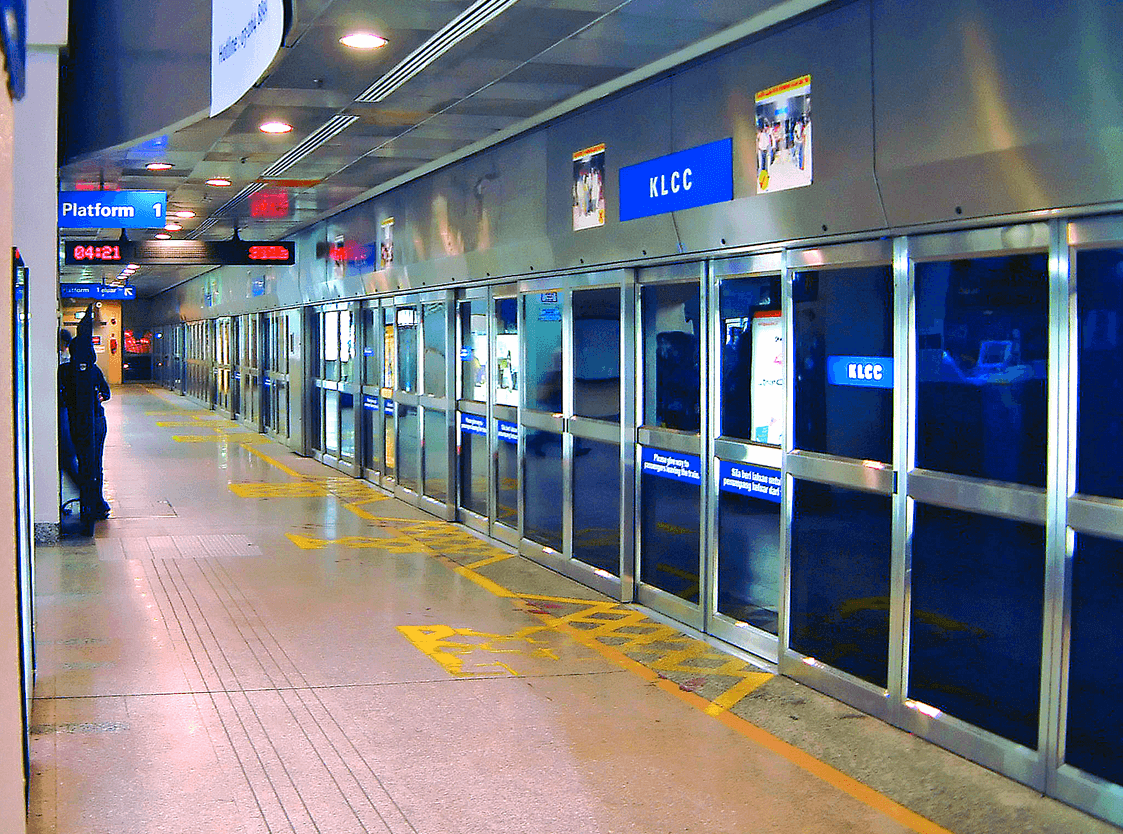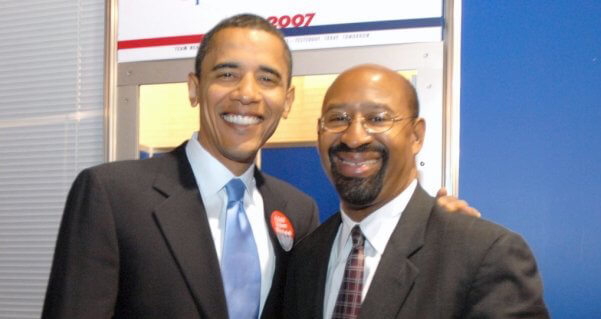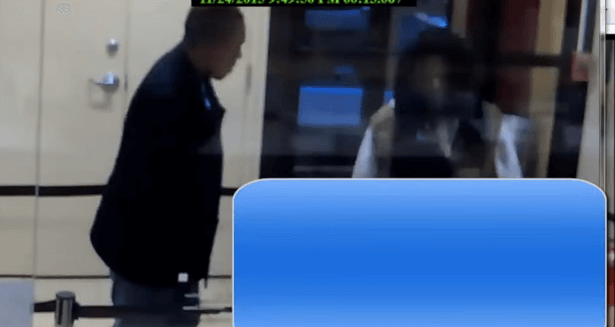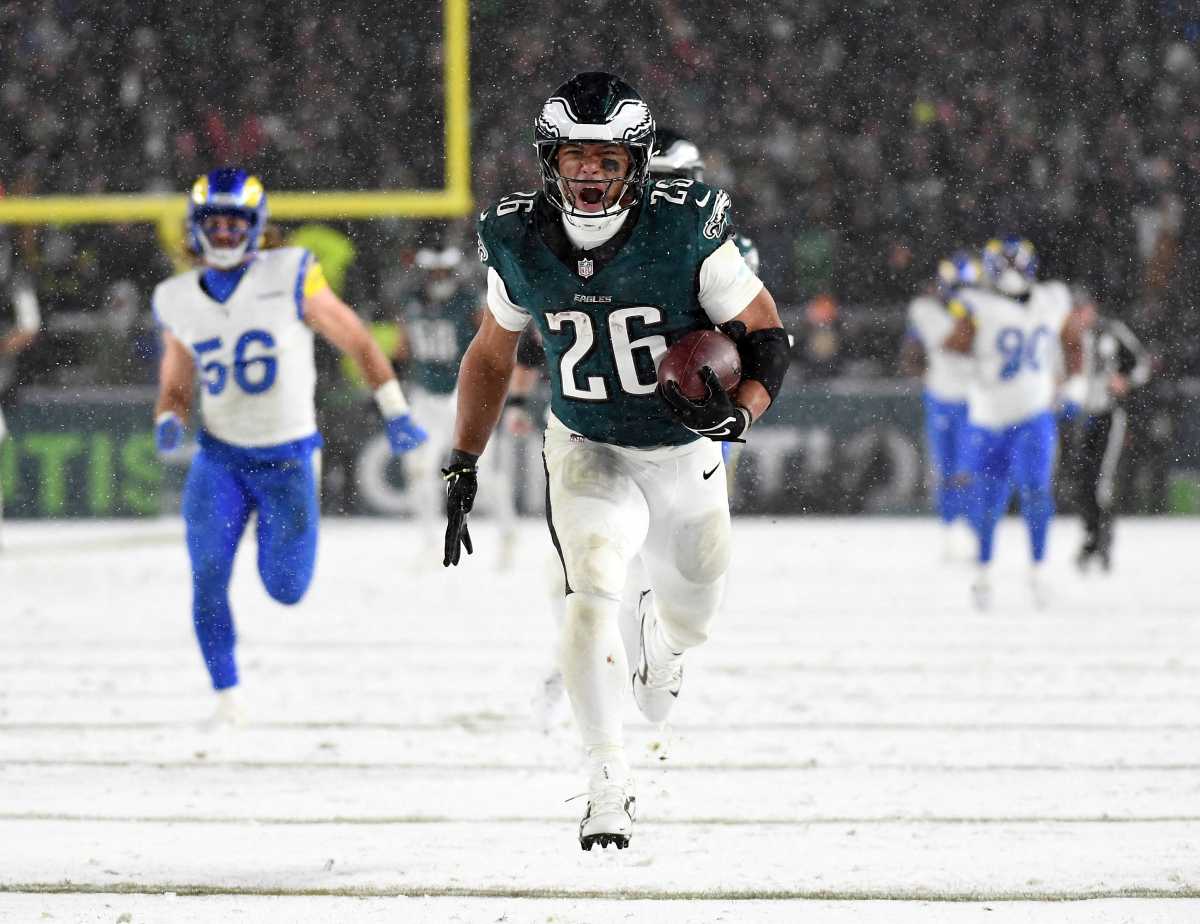SEPTA officials are on the fence about building walls of glass doors on its subway platforms.
The doors would separate SEPTA riders from Market-Frankford Line and Broad Street Line train cars – sliding open when the train arrives, and closing when the train departs.
Proponents say the doors would pay for themselves with advertising. SEPTA, which has had doubts about the plan, recently renewed agreements with ad-sales company Titan Outdoor, which controls advertising on its subway stations. The company that makes the glass walls, TIS Inc., based in Seoul, Korea says it will manufacture and install the glass walls at its own cost, and make its money back from advertising on digital monitors affixed to the walls. City Councilman David Oh, who’s been working to bring more Asian investment to Philadelphia, first introduced TIS to the transit authority. Oh said he met with the company on a trip overseas and became interested in its plight to move overseas and set up meetings with local officials. The screens act as dividers between the cars and the riders. Extending from the platform to the ceiling, the company claims these screens would help prevent suicides as well as improve safety, lighting, and efficiency. Underground stations would get full-sized screens, while outside platforms would get partial dividers. Philadelphia workers would install the screens.
SEPTA Assistant General Manager Francis Kelly said the glass walls “are an option we’re looking at, but it has to work for us.”
Oh said he hopes SEPTA, the Korean firm and Titan can work out an agreement. No ad revenue, he said “might kill the deal.”
Glass walls or screen are used in subways from London to Hong Kong. “It has to fit into what we do here,” Kelly said. He warned that SEPTA couldn’t afford to build glass walls by itself, or make major modifications so the doors can fit stations. Oh said the screens help make the stations more attractive. “It’s cleaner. It smells better. It looks better. It’s more efficient. It’s safer. It’s brighter,” Oh said. Oh said TIS, which installed 289 screens in Seoul in a little more than two years, is looking to enter the US marketplace and a base of operations. He said the company was looking for a city to setup a demonstration to show other US and Canadian cities in hopes of gaining new business. If implemented, Oh said, train cars would require automation to ensure the train cars lineup with the exact location of the doors on the platform.
“The issue potentially with the union of course is, ‘Are we losing jobs,?’” Oh said.
Kelly said: “We didn’t even get that far.”
Greg Krykewycz, transit planner for the the Delaware Valley Regional Planning Commission, said while he had limited knowledge of the screens he is aware they could provide safety benefits.
“I think operationally you would want to think about any potential negative impacts on the transit operations themselves,” Krykewycz said. “So you don’t want the trains themselves to be operating more slowly by virtue of having to lineup with them and those types of things.” Fatalities
SEPTA recorded three fatalities in the subway last year, which included two suicides.
But Kelly said he didn’t think these doors would necessarily prevent suicides. “I don’t know enough about the technology. … but these fatalities that happened last year I don’t know that these doors would have prevented that. … I don’t know if that’s the case.” SEPTA spokeswoman Jerri Williams added that the doors would help prevent people from falling onto the track area, but not necessarily suicides.
SEPTA investigating new subway glass-doors

Wiki Commons



























